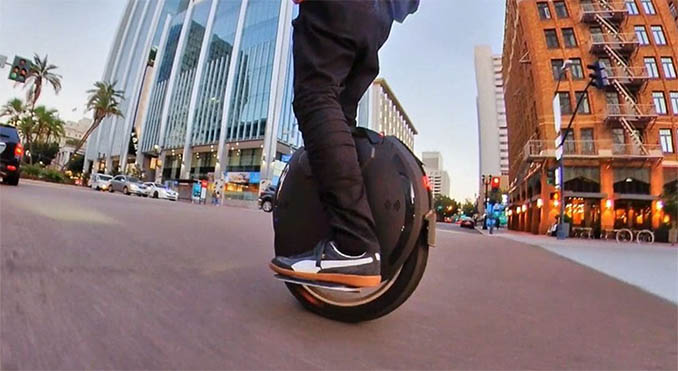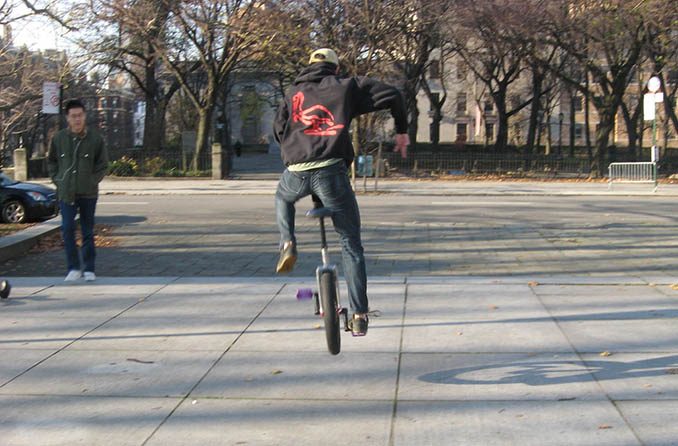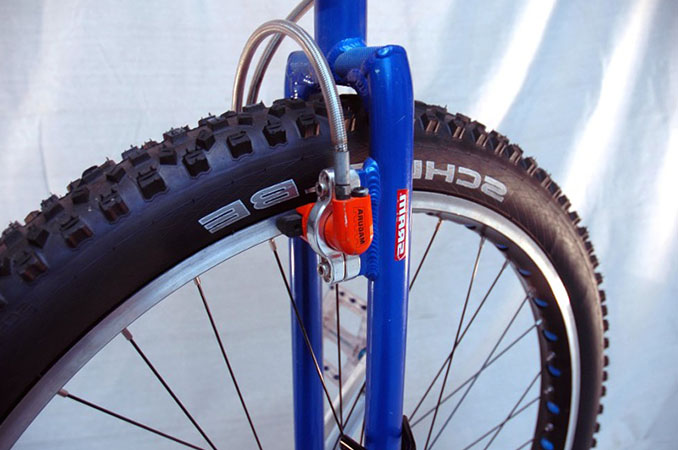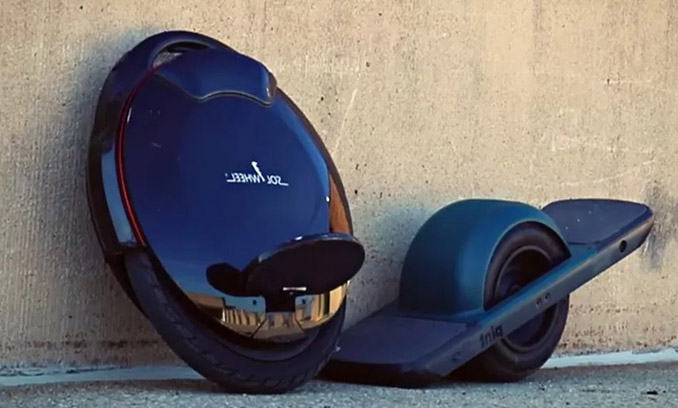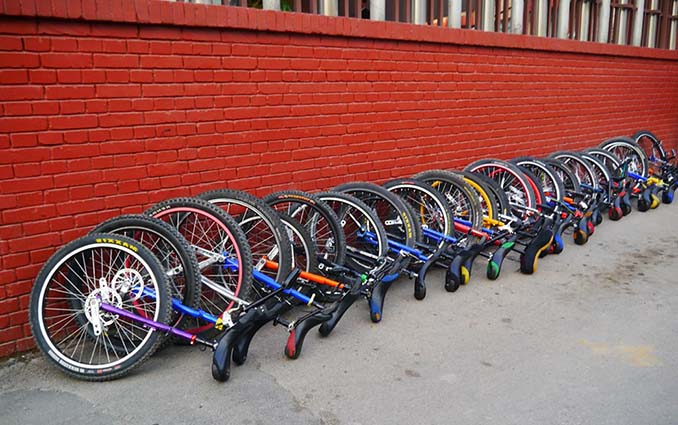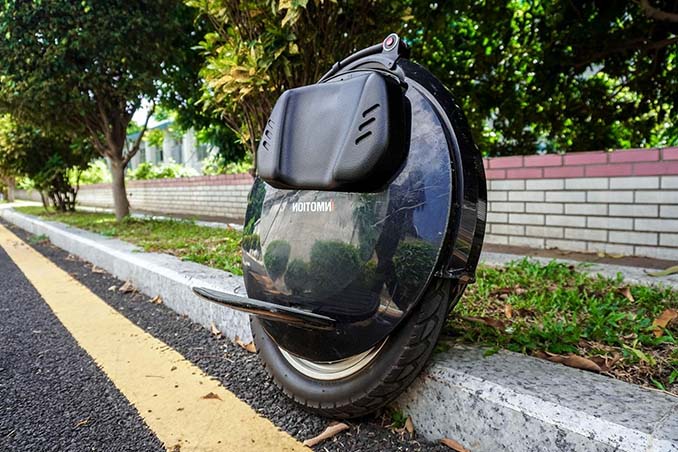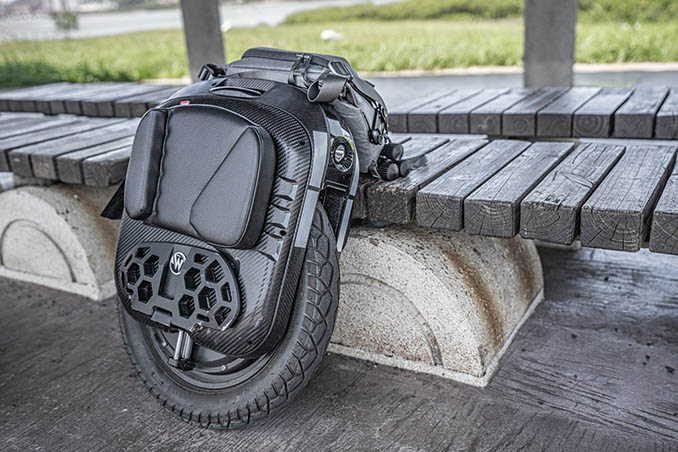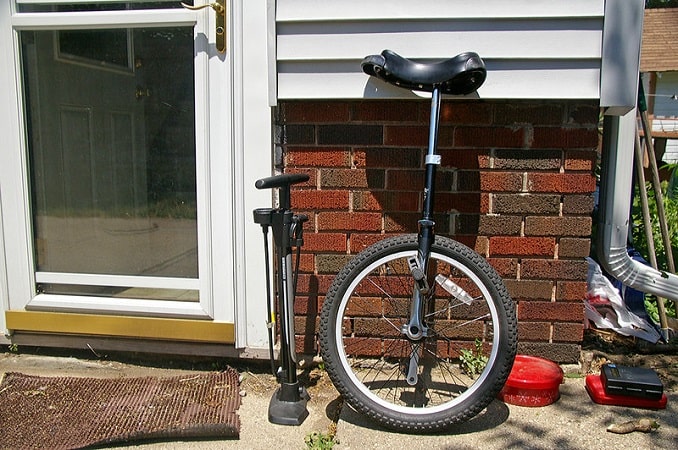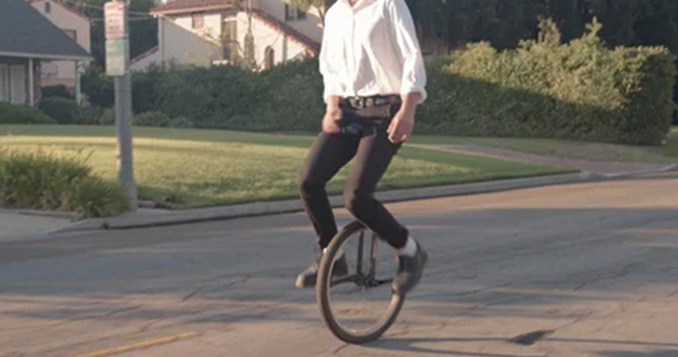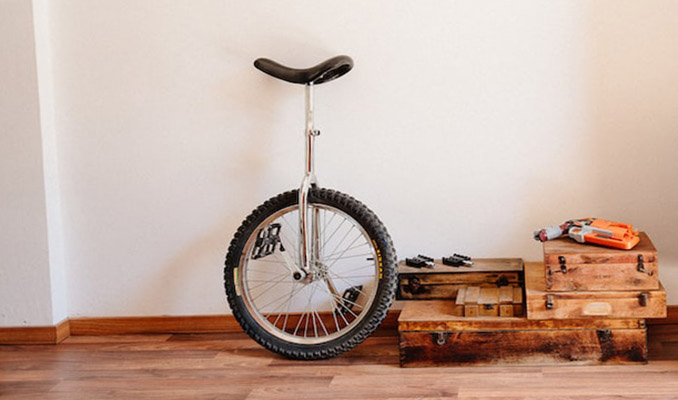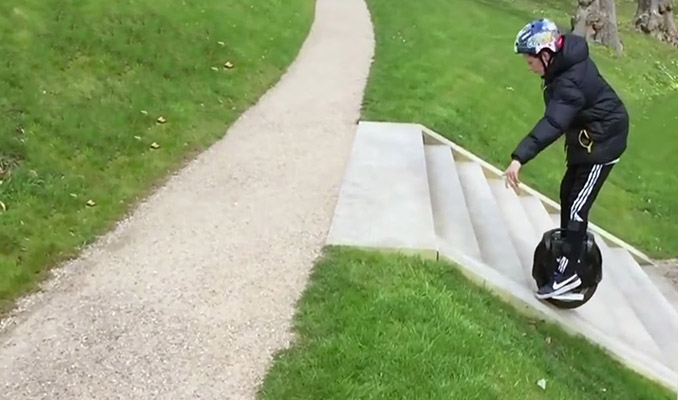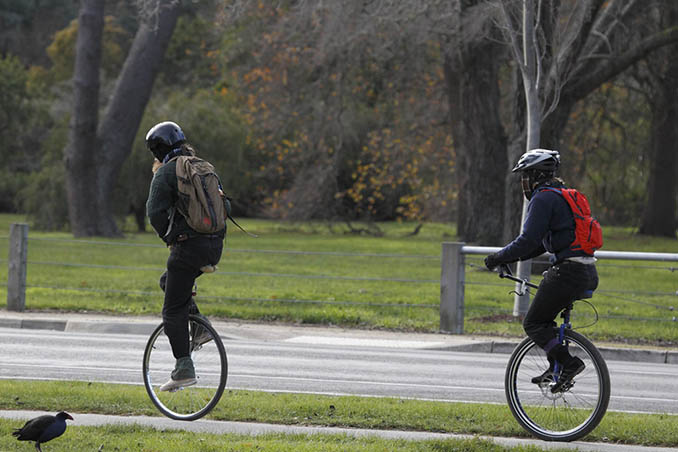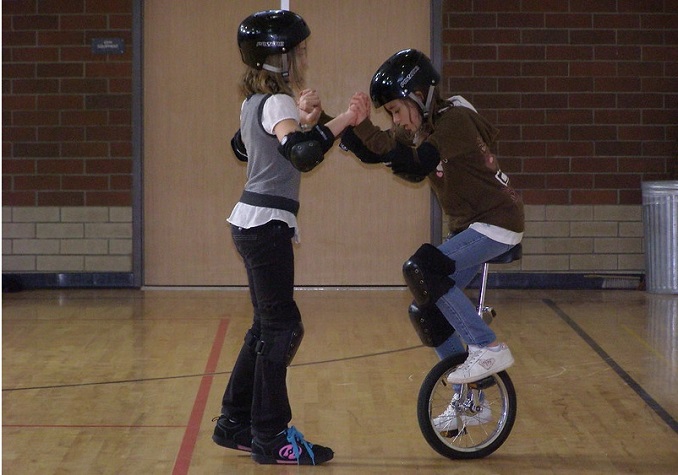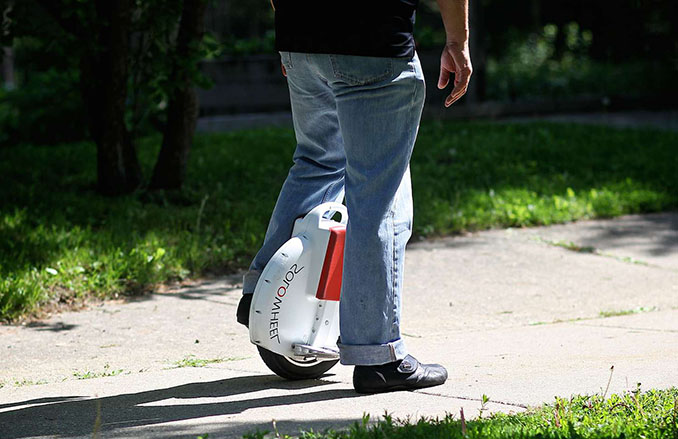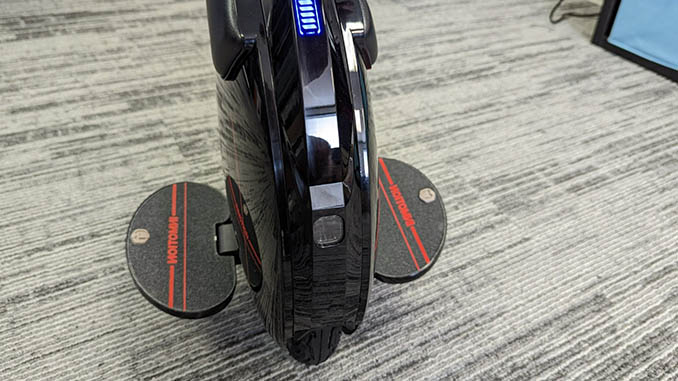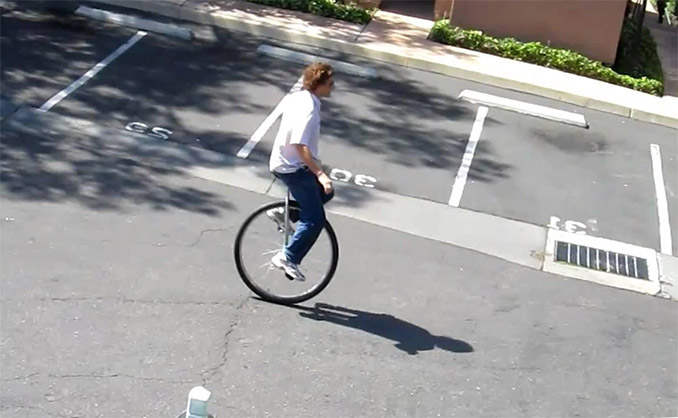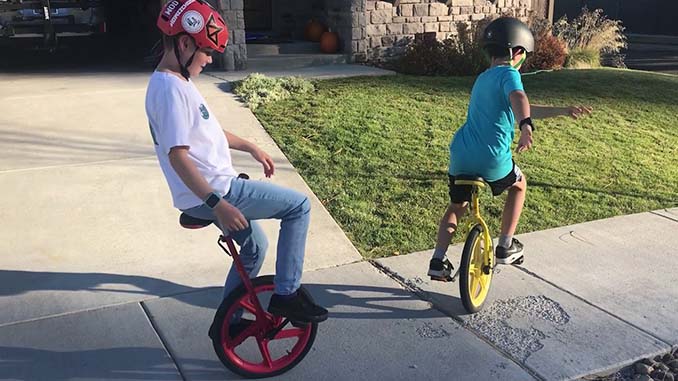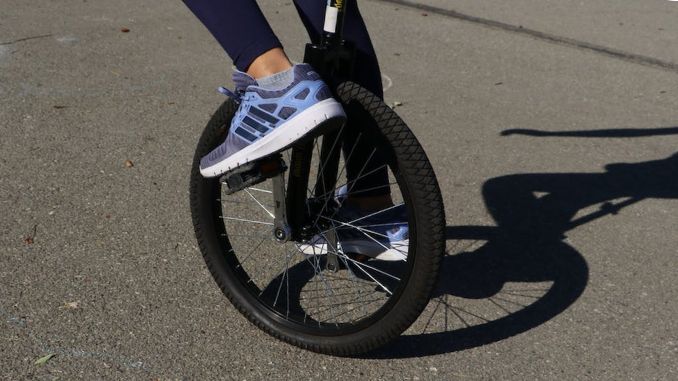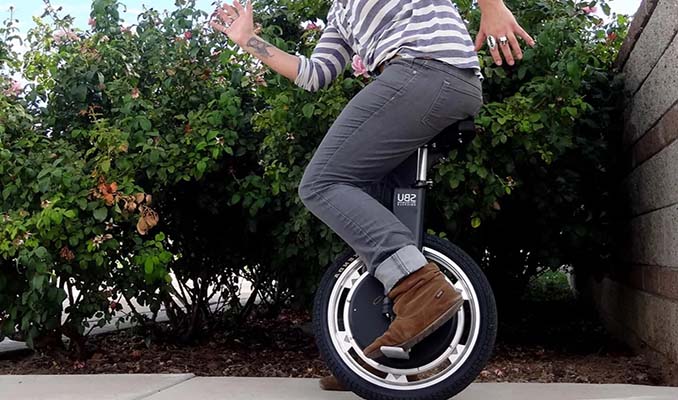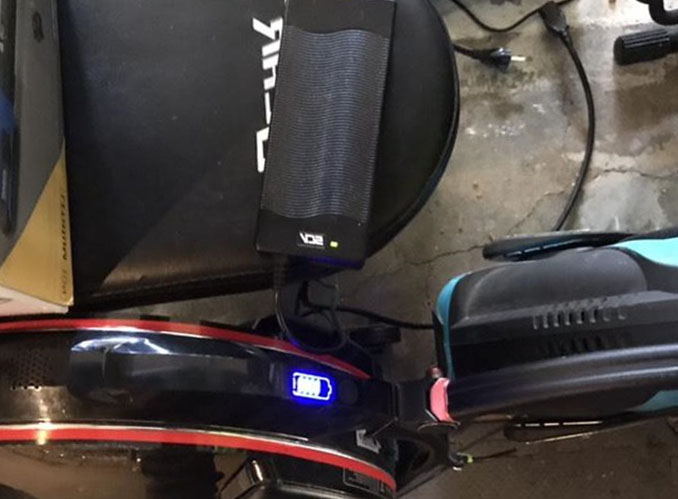Have you ever wondered if you could take your electric unicycle to the beach and ride on the sand? You’re not alone. With the rise in popularity of electric unicycles, more and more riders are looking to take their off-road adventures to the next level and explore sandy terrains.
But can electric unicycles go on sand? The answer is yes, but it’s not as simple as just hopping on your unicycle and riding off into the sunset.
In this blog post, we’ll explore the world of electric unicycles and sandy terrain. Well, if you’re an adventurous rider looking to explore new terrains, then taking your electric unicycle to the beach could open up a whole new world of riding possibilities. Plus, it’s a unique and exciting way to experience the great outdoors.
Can Electric Unicycles Go on Sand?
As an electric unicycle owner, I’ve experimented with riding on all kinds of surfaces, including grass, gravel, and even snow. But one surface that has always intrigued me is sand.
After all, who wouldn’t want to glide effortlessly along the beach on their electric unicycle? But the question remains: Can electric unicycles go on sand?
The answer to whether or not electric unicycles can go on sand is not a simple “yes” or “no”. It depends on factors such as tire size, rider weight, and sand depth. If you have an electric unicycle with wider tires and a more powerful motor, and you’re on the lighter side, you might have some success riding on packed-down sand.
Related:
- Common Injuries You Should Know About When Riding a Unicycle
- What is the Caloric Burn Rate for Unicycling?
There are a few factors that impact an electric unicycle’s ability to navigate sand. The first is tire size. Generally speaking, the wider the tire, the better it will perform on sand. This is because wider tires create a larger contact patch with the ground, which helps distribute the weight of the rider more evenly and prevents the wheel from sinking too far into the sand. So, if you have an electric unicycle with wider tires, you might have a better chance of riding on sand.

Electric unicycles can go on sand
Another factor to consider is rider weight. If you’re on the heavier side, your electric unicycle might have a harder time riding on sand. This is because more weight means more pressure on the tires, which can cause them to sink deeper into the sand and make it harder to maintain balance. However, if you’re on the lighter side, you might find that your electric unicycle handles sand better.
Finally, the depth of the sand is also important. If the sand is too deep, it can be difficult to maintain balance on an electric unicycle. This is because the wheel can sink too far into the sand, making it harder to move forward or turn. However, if the sand is relatively shallow and packed down, you might have more success.
Some electric unicycle manufacturers have recognized the demand for sand riding and have adapted their products accordingly. For example, some electric unicycles now come with wider tires specifically designed for sand riding. Others have more powerful motors that can handle the added resistance of riding on sand.
If you’re unsure, it’s always best to err on the side of caution and avoid sand riding altogether.
What Are the Best Electric Unicycles for Sand Riding?
If you’re interested in riding your electric unicycle on sand, you might be wondering what the best options are. While any electric unicycle with wider tires and a powerful motor can potentially handle sand riding, some models are better suited for this purpose than others. Here are a few of the best electric unicycles for sand riding, based on my personal experience and research:
Inmotion V11
The Inmotion V11 is a popular electric unicycle among off-road enthusiasts and for good reason. It has a wide 18-inch tire that provides excellent traction on sand, and a powerful 2,200W motor that can handle even the deepest sand. The V11 also has a range of up to 75 miles, making it a great option for longer rides on the beach.
Gotway MSX Pro
The Gotway MSX Pro is another electric unicycle that’s well-suited for sand riding. It has a wider 18-inch tire and a powerful 2,500W motor that can handle sand with ease. The MSX Pro also has a range of up to 62 miles, making it a good option for longer rides on the beach.
Kingsong KS-18XL
The Kingsong KS-18XL is a versatile electric unicycle that’s capable of handling a variety of surfaces, including sand. It has a wider 18-inch tire and a powerful 2,000W motor that can handle most types of sand. The KS-18XL also has a range of up to 80 miles, making it a great option for longer rides on the beach.
Veteran Sherman
The Veteran Sherman is a newer electric unicycle that’s quickly gaining popularity among off-road riders. It has a massive 22-inch tire that provides excellent traction on sand, and a powerful 2,500W motor that can handle even the deepest sand. The Sherman also has a range of up to 120 miles, making it a great option for longer rides on the beach.
Of course, there are other factors to consider when choosing an electric unicycle, such as price, weight, and features. But if sand riding is a top priority for you, these models are definitely worth considering.
How Do You Ride an Electric Unicycle on Sand?
Riding an electric unicycle on sand can be a lot of fun, but it does require some extra skill and caution. Here are some tips for riding your electric unicycle on sand:
- Use a lower tire pressure: When riding on sand, it’s a good idea to lower the tire pressure on your electric unicycle. This will increase the surface area of the tire and provide better traction on the sand. However, be careful not to lower the pressure too much, as this can damage your tire and rim.
- Lean forward: When riding on sand, it’s important to lean forward slightly to keep your weight over the front of the unicycle. This will help you maintain better balance and control on uneven surfaces.
- Keep your speed steady: When riding on sand, it’s best to maintain a steady speed rather than accelerating or decelerating quickly. This will help you maintain control and prevent the unicycle from slipping or skidding on the sand.
- Avoid sharp turns: When riding on sand, it’s best to avoid sharp turns, as this can cause the unicycle to lose traction and slip. Instead, make gradual turns and use your body weight to steer the unicycle.
- Watch out for obstacles: When riding on sand, it’s important to be aware of any obstacles or hazards on the surface, such as rocks or shells. These can cause your unicycle to lose balance or even cause a fall.
- Practice in a safe area: If you’re new to riding your electric unicycle on sand, it’s a good idea to practice in a safe and open area before venturing onto more challenging terrain. This will help you build your skills and confidence before taking on more difficult sand riding conditions.
Riding an electric unicycle on sand requires a bit of extra skill and caution, but it can be a lot of fun with the right technique and practice. By following these tips, you can safely and confidently ride your electric unicycle on sand and enjoy the unique experience it provides.

Riding an electric unicycle on sand can be a lot of fun
Alternatives to Riding an Electric Unicycle on Sand
If you’re looking for alternatives to riding an electric unicycle on sand, there are a few options to consider:
Electric fat tire bike
An electric fat tire bike is a great alternative to an electric unicycle for riding on sand. These bikes have wide, low-pressure tires that provide better traction on sand, making them easier to ride. They also have a more stable and comfortable ride than electric unicycles.
Electric skateboard
While electric skateboards aren’t ideal for riding on sand, they can be a good option for cruising along flat, hard-packed sand. Look for an electric skateboard with larger wheels and a more powerful motor for better performance on sand.
Electric scooter
Electric scooters can also be a good alternative to electric unicycles for riding on sand. Look for a model with large, air-filled tires and a powerful motor for better traction and performance on sand.
Electric hoverboard
Electric hoverboards can be used on sand, but they are not recommended for this type of terrain. Hoverboards have small wheels that are not designed for sand riding, and they can be difficult to control on uneven surfaces.
Consider the terrain and conditions you’ll be riding in, and choose the option that best suits your needs and preferences.
Frequently Asked Questions
Is it safe to ride an electric unicycle on sand?
Riding an electric unicycle on sand can be safe if you follow the proper techniques and safety precautions. It’s important to lower the tire pressure, maintain a steady speed, and avoid sharp turns and obstacles. Additionally, wearing protective gear such as a helmet, knee and elbow pads, and gloves can help reduce the risk of injury.
Can all electric unicycles go on sand?
Not all electric unicycles are designed for sand riding. It’s important to choose an electric unicycle with a powerful motor, large tire size, and good traction for sand riding. Refer to the manufacturer’s specifications and recommendations before attempting to ride your electric unicycle on sand.
Will ride an electric unicycle on sand damage the device?
Riding an electric unicycle on sand can cause damage to the device if not done properly. The sand can get into the motor and electronics, causing damage and potentially rendering the device unusable. It’s important to clean your electric unicycle thoroughly after sand riding to prevent damage.
What should I do if my electric unicycle gets stuck in the sand?
If your electric unicycle gets stuck in the sand, try to gently rock it back and forth to loosen it. Avoid jerky movements or sudden acceleration, as this can cause the unicycle to lose traction and tip over. If you’re unable to get it unstuck, dismount and try to move the device manually or seek assistance.
Can I ride my electric unicycle on wet sand?
Riding an electric unicycle on wet sand can be more difficult than riding on dry sand, as the wet sand is more compact and provides less traction. It’s important to use caution and maintain a steady speed when riding on wet sand, and avoid riding in areas with large waves or strong currents.
Conclusion
At the end of the day, the question of whether electric unicycles can go on sand isn’t just about the mechanics of the ride. It’s about pushing the limits of what’s possible, embracing adventure, and finding new ways to explore the world around us. Whether you’re riding on the beach or through the city, electric unicycles offer a fresh perspective on transportation and can help you see your surroundings in a whole new way.
So, the next time you’re looking for an adventure, consider taking your electric unicycle to the beach. With the right preparation and a willingness to push yourself, you just might discover a whole new world of riding possibilities.


